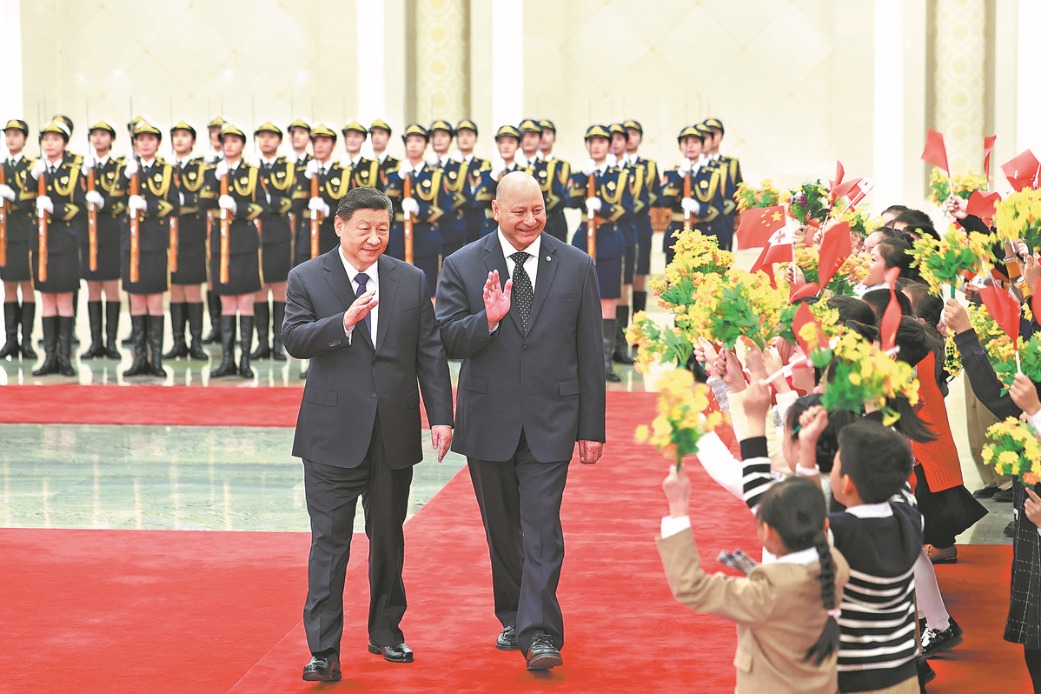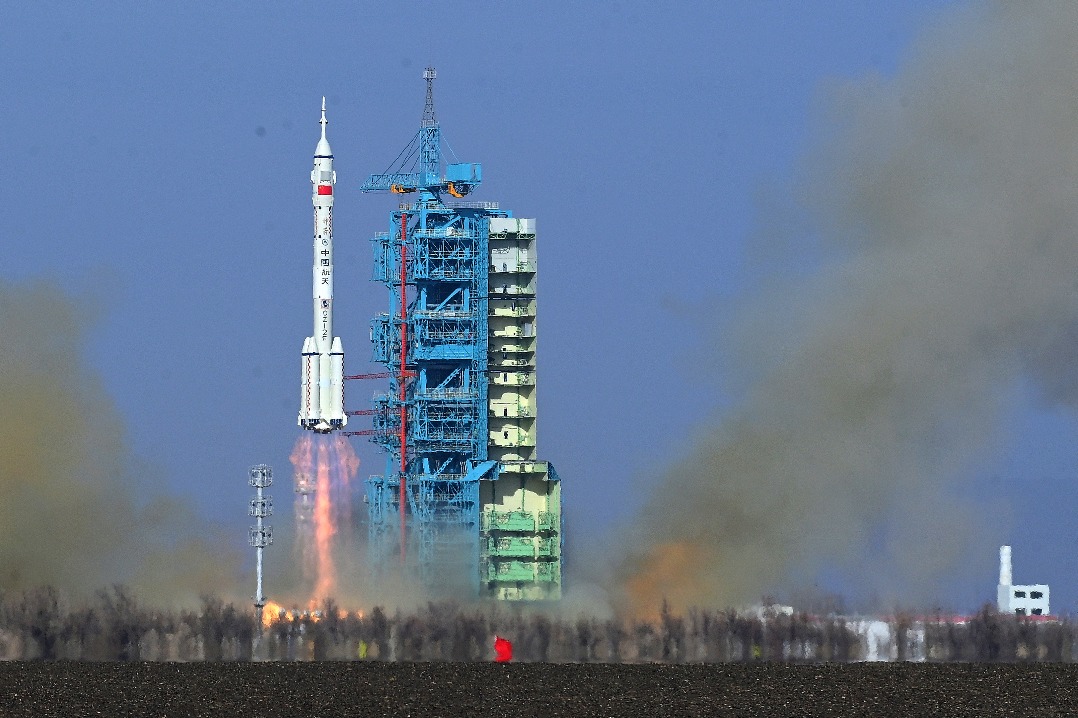Museums showcase shared Chinese identity
Taipei's treasures originating from mainland proof of cross-Strait unity






Chuang died in 1980 at age 82. On his deathbed, he reportedly repeated a single word — "Beiping", the former name of Beijing. He found comfort in the safe return of the heavy ancient stone drums he had carefully packed for Beijing after the war, but he died with lasting regret over the continued separation of the remaining collection across the Strait.
Peng Haijun, director of the Leshan Institute for Research on the Palace Museum Collection's Evacuation to the South, said those who traveled with the artifacts to Taiwan regarded themselves as their guardians.
"Wherever the artifacts went, that was where they stayed. They deeply missed the mainland, their homeland," Peng said.
Almost all of them left memoirs that reveal their attachment to the motherland and their unfulfilled hope for reunion, he said.
In 2009, curators from the two Palace Museums exchanged visits for the first time. In 2011, Dwelling in the Fuchun Mountains, a classic landscape painting long divided into two halves and housed on opposite sides of the Strait, was reunited for a special exhibition at the Taipei museum.
Guo Yi-chen, a distinguished professor at the Central Academy of Fine Arts in Beijing, said the reunion caused a sensation and was "very rare and hard-won".
At the time, both sides were discussing how to organize a major exhibition, and the painting — itself a symbol of separation and reunion — was considered especially appropriate.
Guo said the preservation of the Palace Museum's treasures for future generations owes much to the relocations and the protections afforded during those turbulent years.
Contact the writers at zhangyi1@chinadaily.com.cn





















